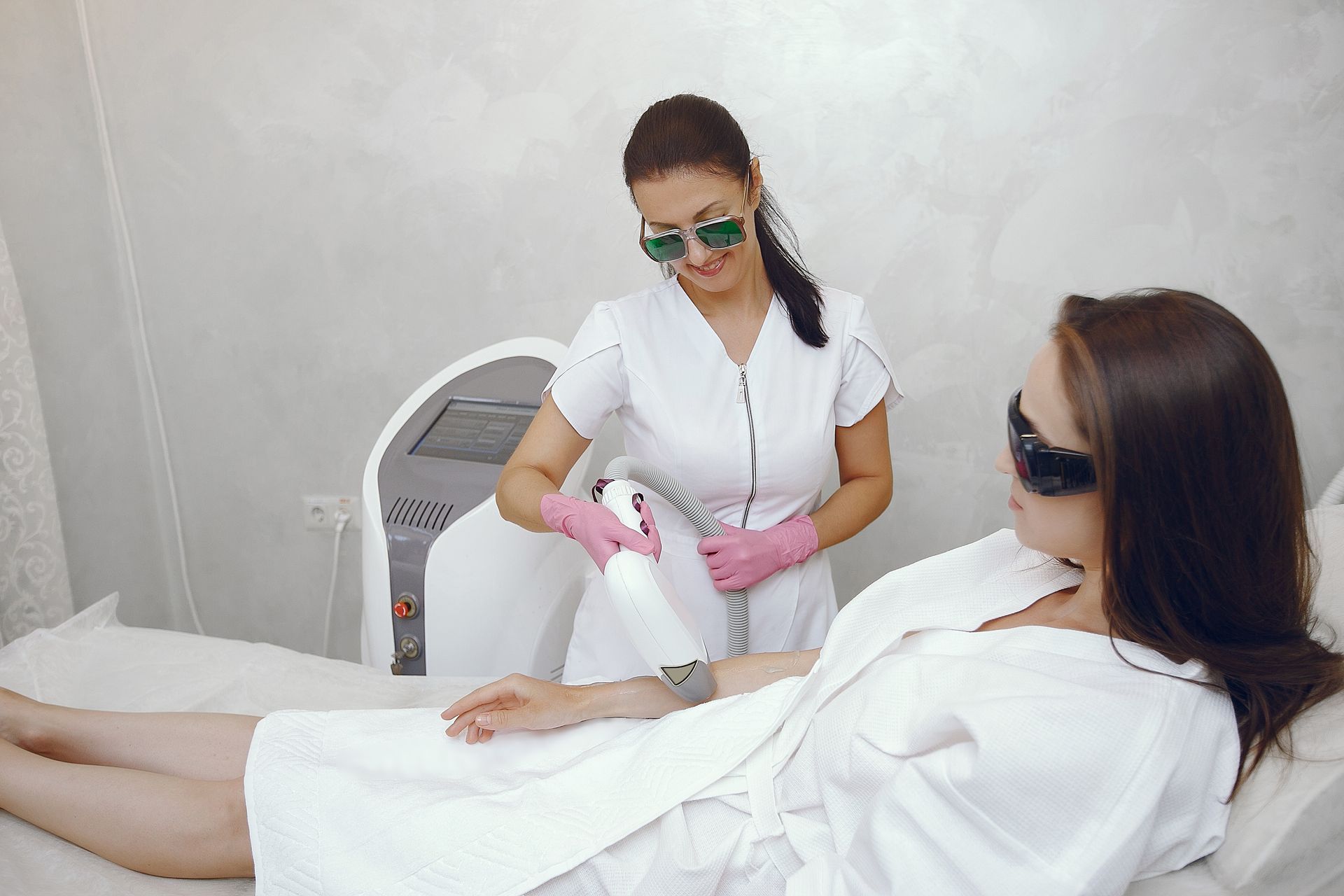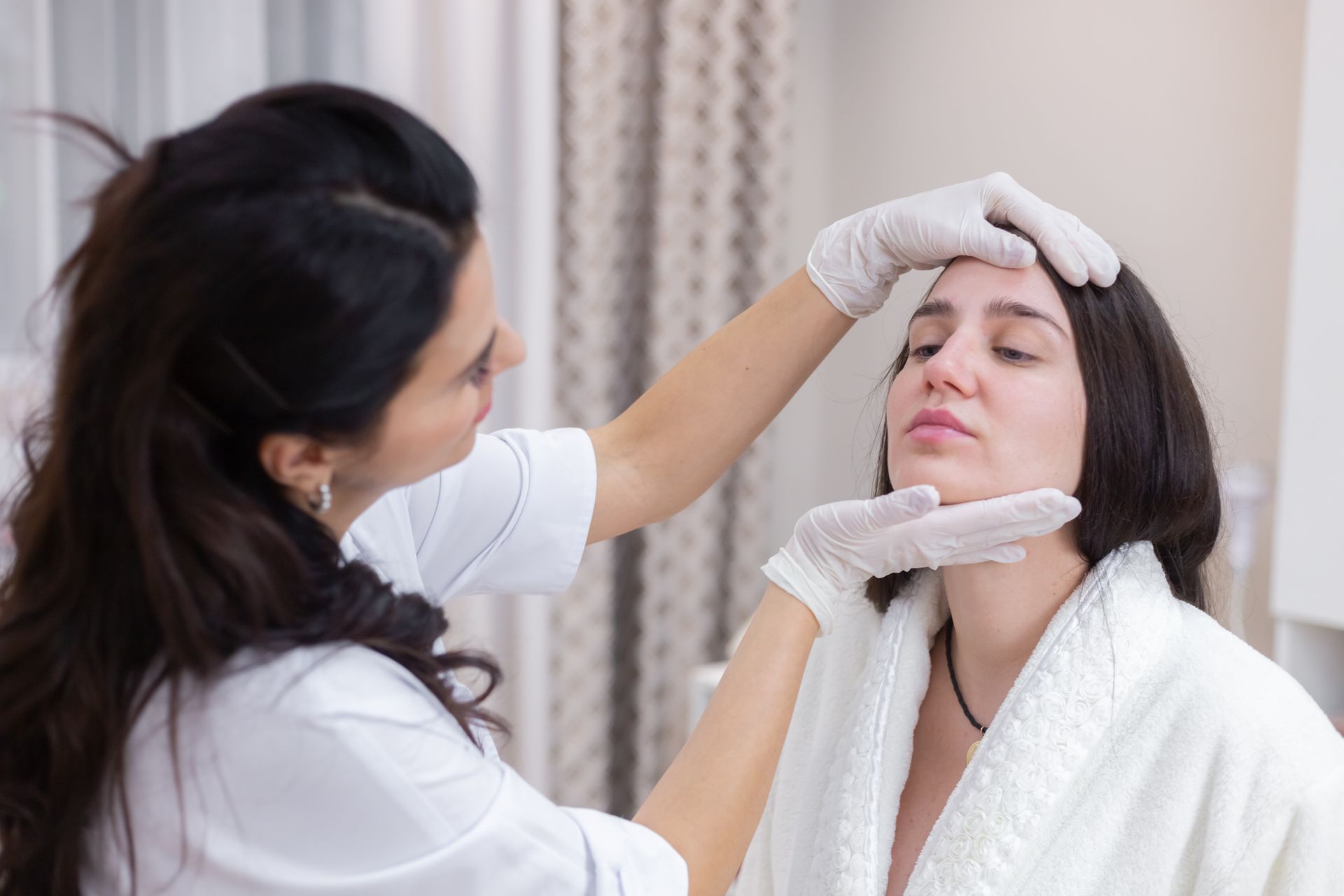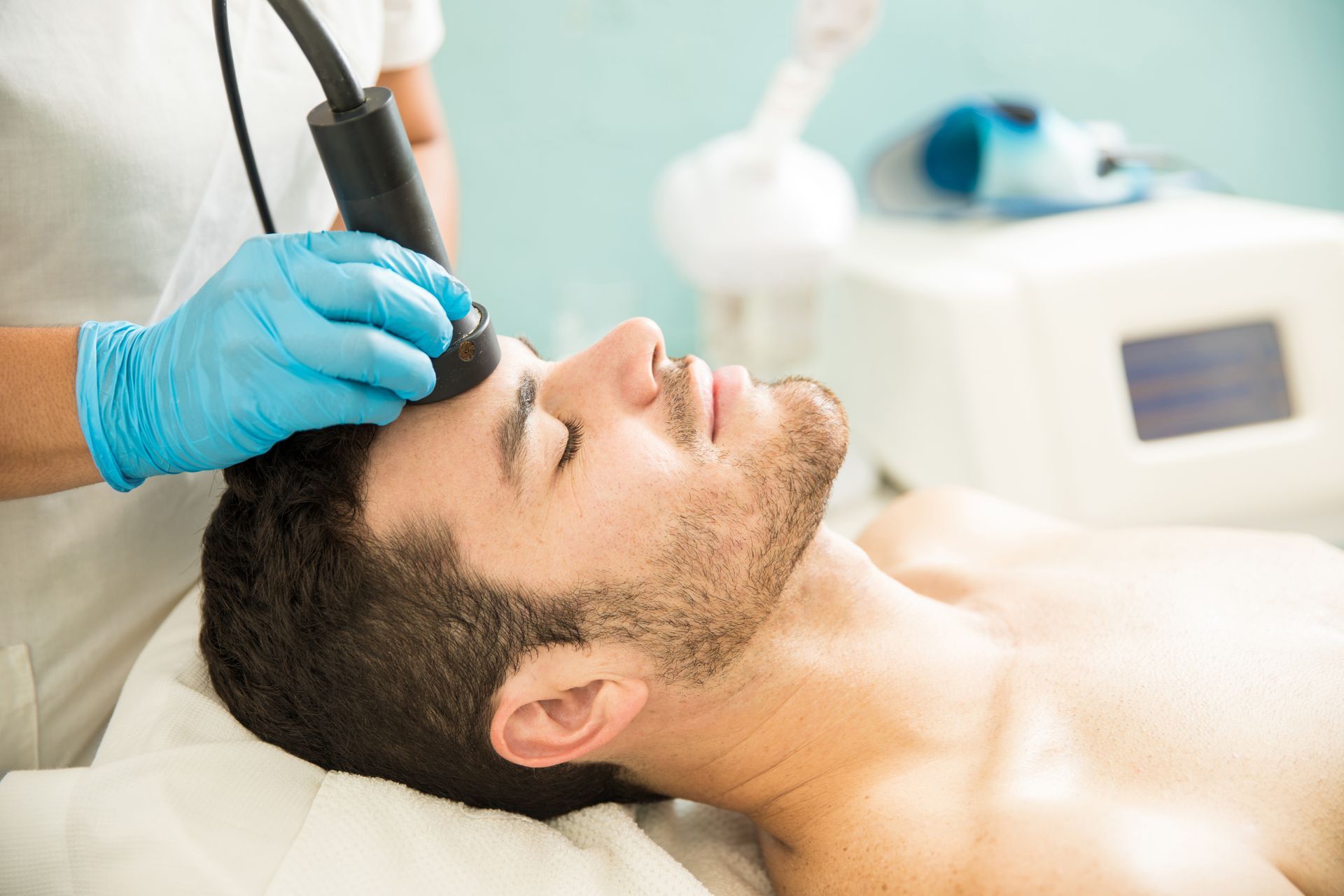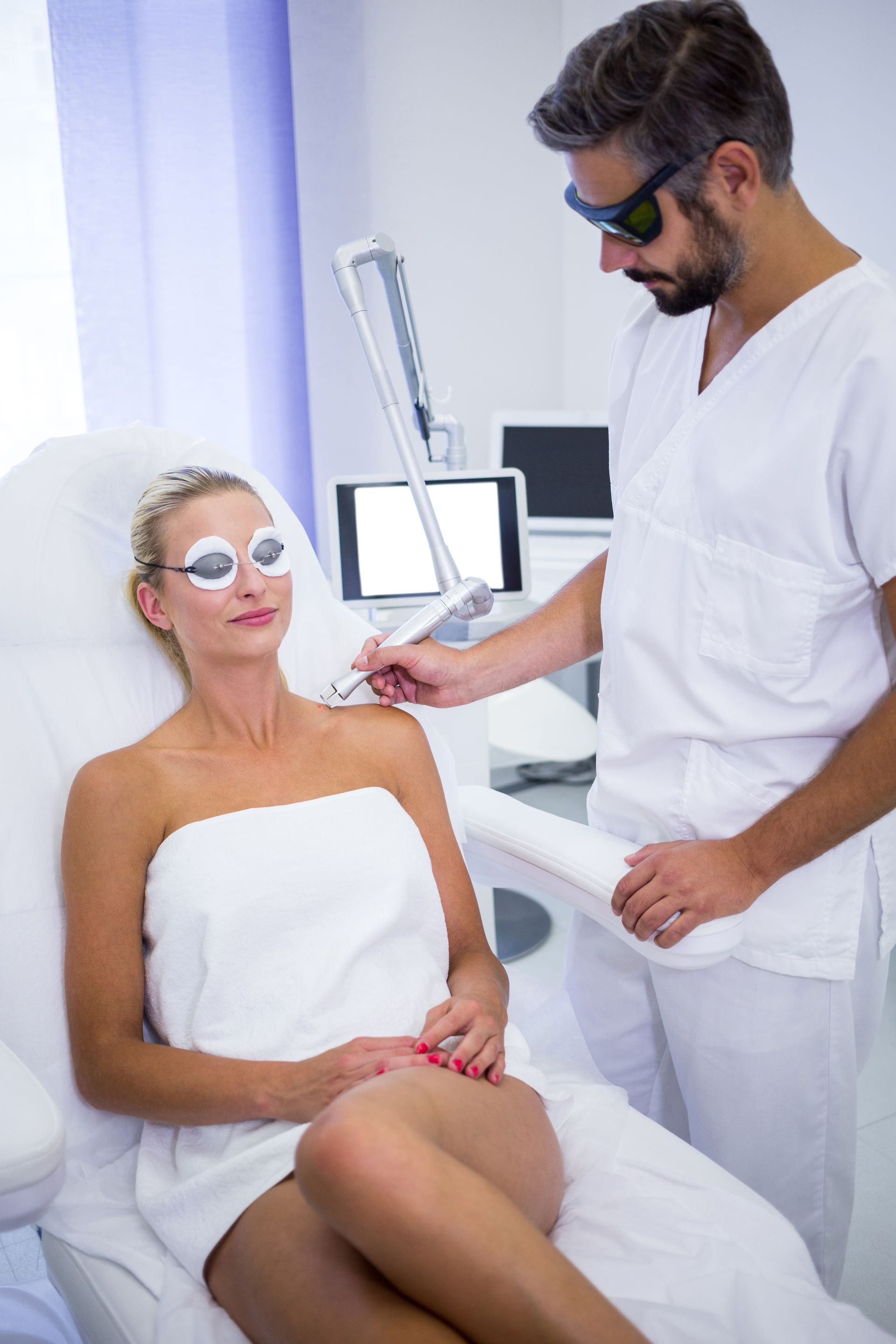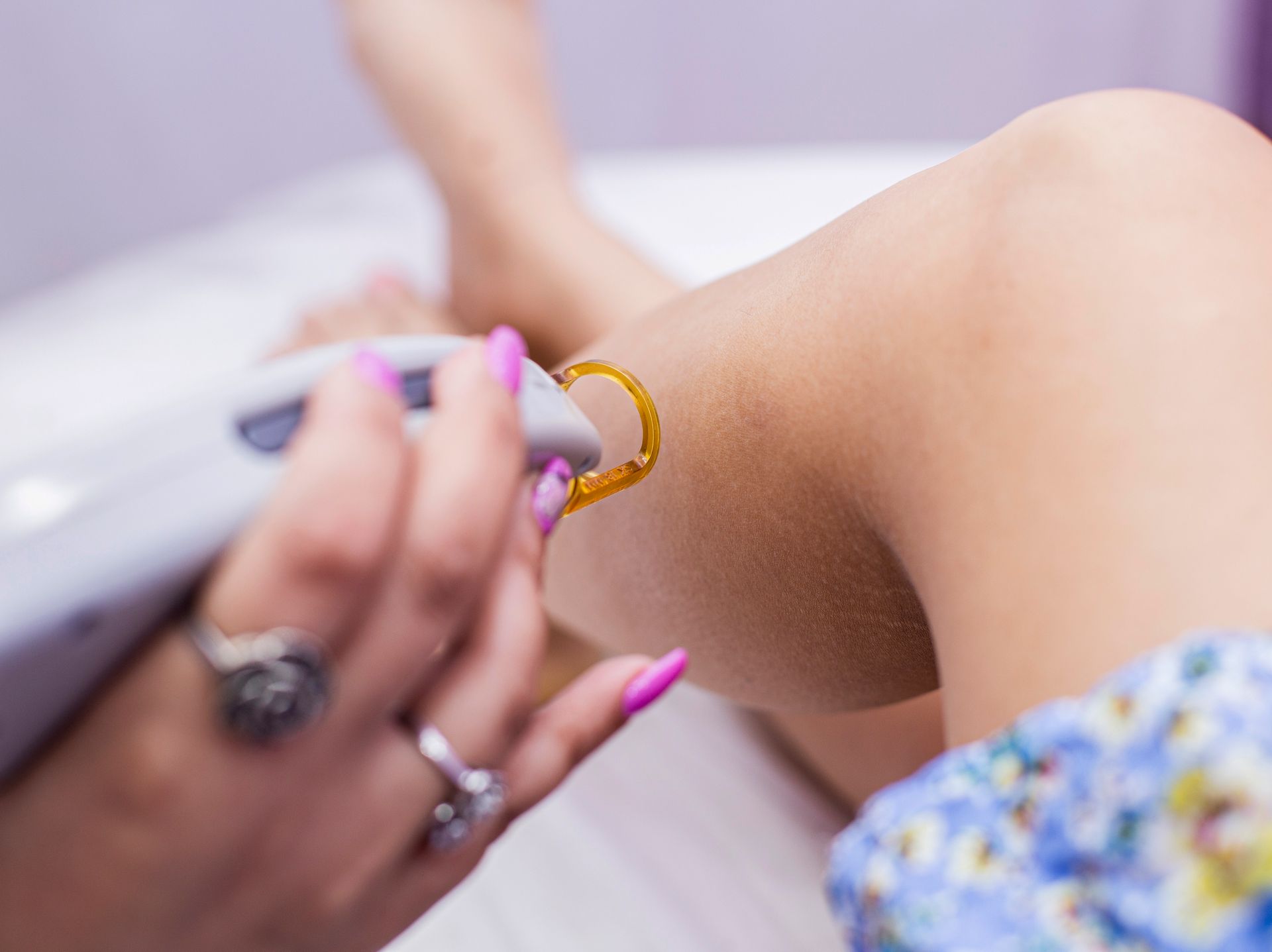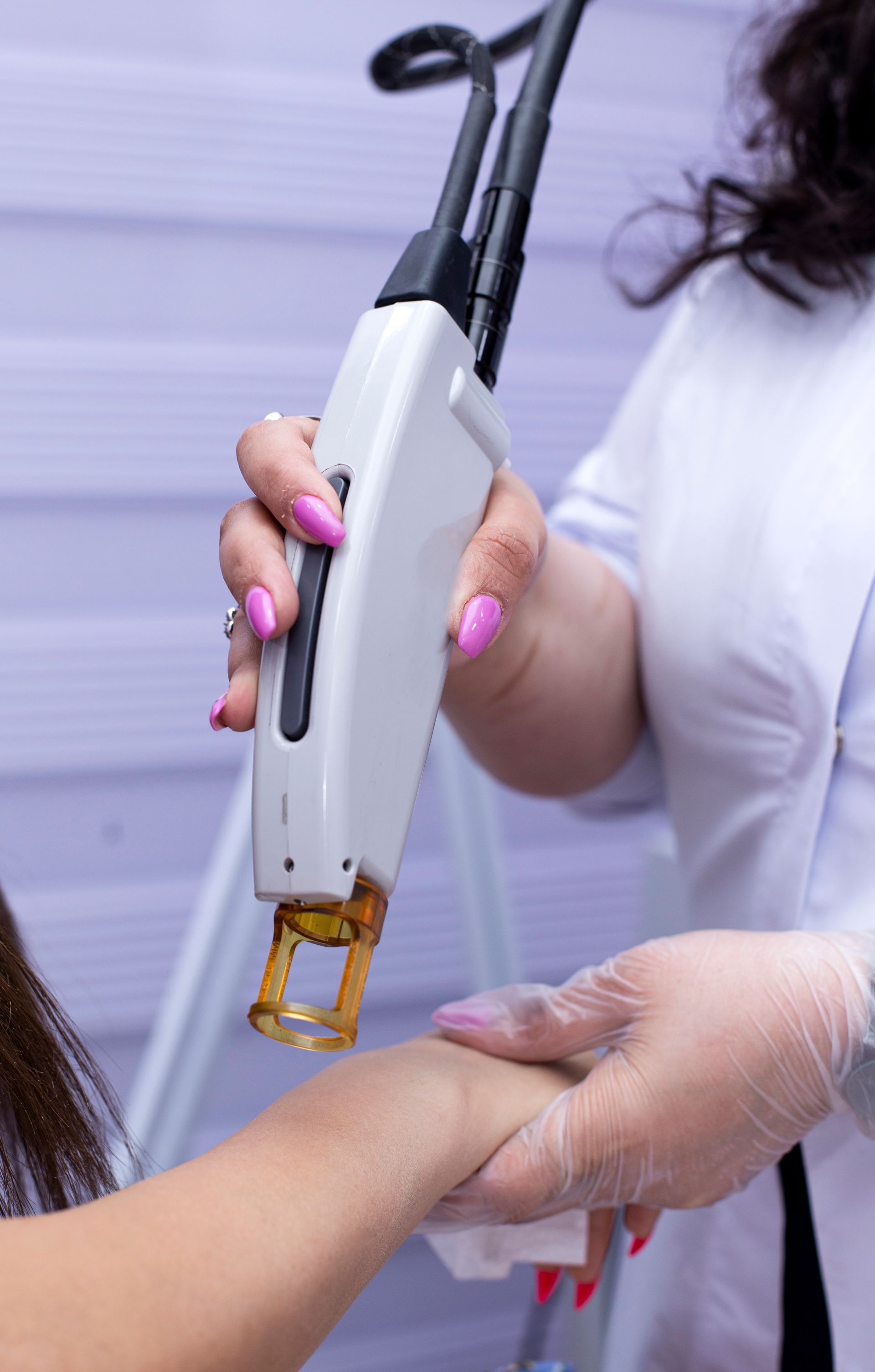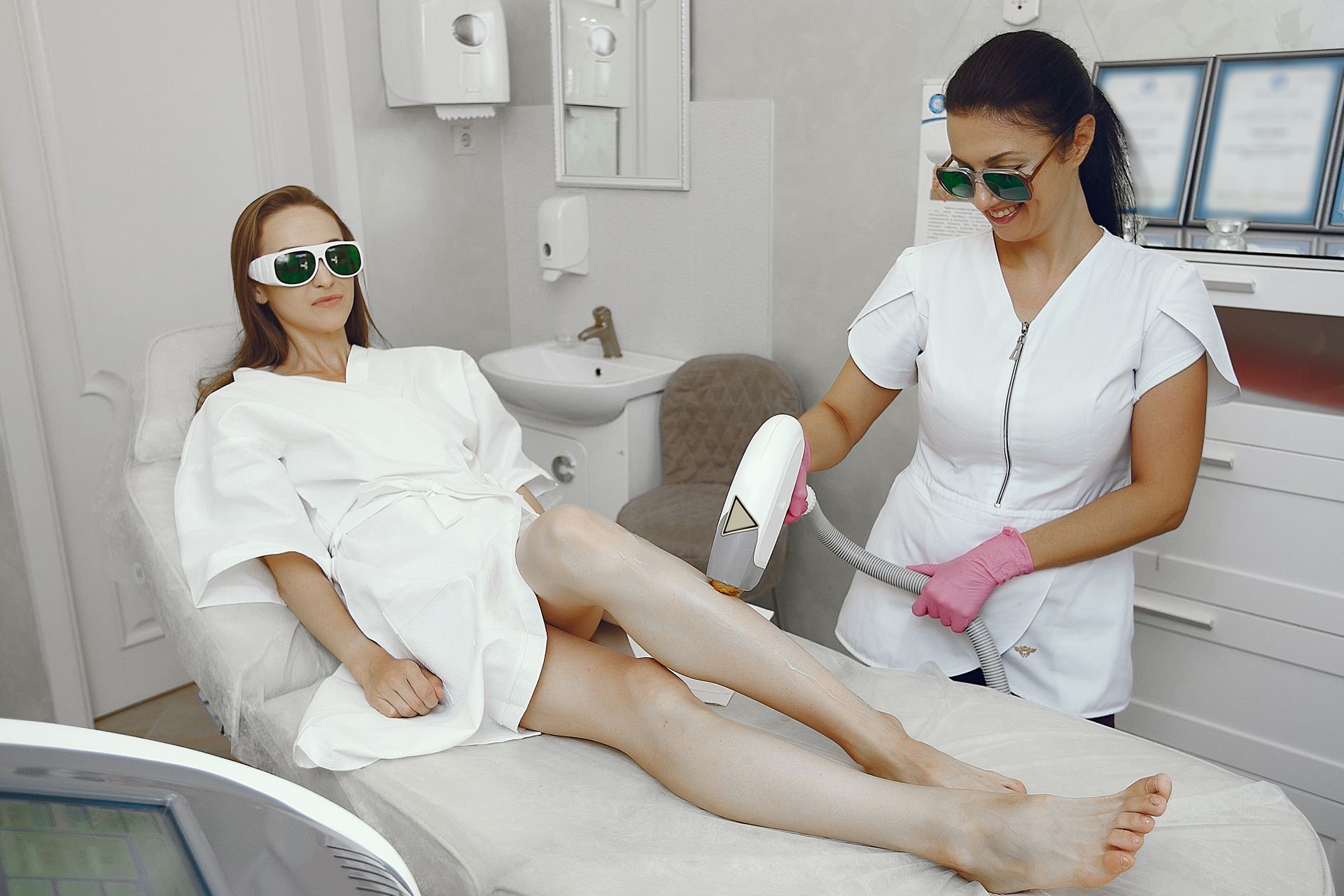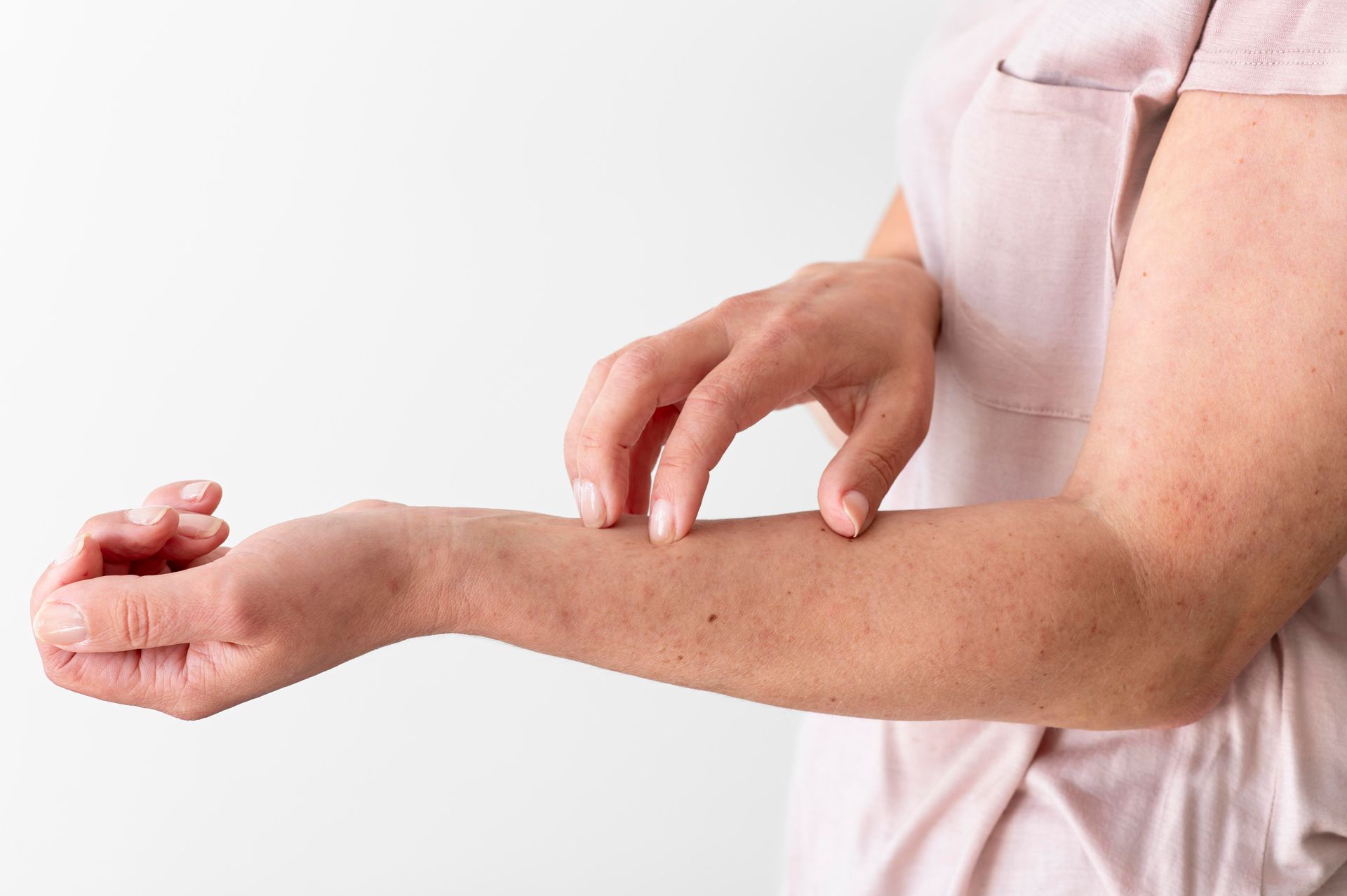Neck Laser Hair Removal: Is It Safe for Men and Women?
The neck — a small but sensitive area — often causes big grooming headaches. From stray chin hairs and visible neck fuzz to those painful razor bumps from constant shaving, unwanted hair on the neck can be frustrating for both men and women. Whether it’s the front of the neck that catches the light or the back where hair creeps toward the collar, laser hair removal offers a clean, lasting solution.
But many people hesitate — is laser hair removal on the neck really safe? And what makes it different from other areas of the body? Let’s explore the full process, results, pros, cons, and what both men and women should know before starting.
Chest Laser Hair Removal: What Men Need to Know
Why Choose Laser Hair Removal for the Neck?
The neck area is prone to irritation from regular shaving or waxing. Men often deal with ingrown hairs, razor burns, and the “five o’clock shadow” effect that extends down the throat. Women, on the other hand, might have fine or hormonal hair on the sides or under the chin that makes them self-conscious.
Laser hair removal helps by targeting the hair follicles directly, reducing growth permanently over several sessions. It’s precise, quick, and significantly minimizes future upkeep.
Over time, you’ll notice smoother, clearer skin with fewer bumps and dark spots — especially if you’ve struggled with shaving or threading irritation in the past.
How Neck Laser Hair Removal Works
Laser hair removal uses focused light energy to target melanin (pigment) in hair follicles. When the light is absorbed, it heats and damages the follicle, reducing its ability to grow hair again.
Here’s how it works for the neck specifically:
- The laser wavelength is adjusted for the thinner or thicker skin on different neck areas.
- The cooling system ensures comfort, especially since neck skin is sensitive.
- Precision targeting allows technicians to avoid vital structures (like the thyroid region) while focusing only on the hair follicles.
For men with dense, coarse hair, the laser is typically set at higher power. For women, fine or hormonal hair may require slightly more sessions or a different wavelength.
Is Laser Hair Removal on the Neck Safe?
Yes — when performed by trained professionals using FDA-approved devices, neck laser hair removal is completely safe for both men and women.
However, because the neck has thinner, more sensitive skin than other areas, it requires expert handling. Reputable clinics use cooling devices or gels and adjust settings to minimize risk.
Some patients report mild redness or swelling afterward, but these effects usually disappear within 24–48 hours.
Pro tip: Always ensure your technician conducts a patch test before starting, especially if you have darker skin or sensitive skin conditions.
Neck Laser Hair Removal for Men: Common Concerns
For men, the neck is one of the most popular areas for laser treatments — especially the beard line and lower neck. Constant shaving leads to ingrown hairs, razor bumps, and skin discoloration (a condition called pseudofolliculitis barbae).
Laser hair removal helps:
- Define a cleaner, sharper beard line.
- Reduce inflammation and redness caused by shaving.
- Prevent new ingrown hairs from forming.
- Save time on daily grooming.
Many male clients opt to treat only the lower neck, preserving their beard while eliminating the excessive growth that extends too far down. Others opt for full neck laser removal for a consistently clean look.
“I used to get painful razor bumps every week,” shares a Reddit user. “After five laser sessions, I barely need to shave anymore — and no more irritation!”
Neck Laser Hair Removal for Women: A Confidence Boost
For women, neck hair — especially on the sides or under the chin — can result from hormonal fluctuations, PCOS, or genetics. Shaving or threading often causes redness, coarser regrowth, and embarrassment.
Laser treatment offers a discreet and lasting fix by reducing growth and making remaining hair much finer and lighter. After a few sessions, many women notice not just smoother skin but also improved texture and fewer breakouts.
If you’re dealing with hormonal hair, your clinic might combine laser treatment with medical management, ensuring long-term results.
Does Laser Hair Removal Affect Hormonal Hair Growth?
Before Your Neck Laser Hair Removal Session
To get the best results and avoid irritation, follow these pre-treatment tips:
- Avoid waxing or plucking for 3–4 weeks — the follicle must be intact for the laser to work.
- Shave the area 24 hours before your appointment.
- Avoid sun exposure or tanning for at least 2 weeks prior.
- Skip perfume, makeup, or lotion on the treatment day.
- Inform your technician about medications like antibiotics, as some can make skin more sensitive to light.
Tip: If you’re treating the back of your neck, wear your hair up and avoid applying any hair products before your appointment.
What Happens During the Procedure
A typical neck laser hair removal session takes 10–20 minutes, depending on coverage.
- You’ll be given protective eyewear.
- A cooling gel is applied to the area.
- The technician will use short bursts of laser light across the treatment zone.
- You may feel mild stinging — similar to a rubber band snap — but it’s tolerable.
Some clinics use advanced cooling tips that instantly soothe the skin, making the process nearly painless.
Aftercare: What to Expect Post-Treatment
Immediately after your session, expect mild redness or slight warmth — a normal reaction that fades within hours. Applying aloe vera or a cold compress can help.
For the next 48 hours:
- Avoid direct sun exposure and use SPF 30+.
- Skip hot showers, saunas, and heavy exercise.
- Don’t pick or scratch at the treated area.
Within 7–10 days, you’ll notice treated hairs starting to shed naturally. Avoid plucking or waxing; just let them fall out.
How Many Sessions Are Needed for the Neck?
Laser hair removal works best in cycles, as the laser only targets active follicles. On average:
- Men: 6–8 sessions every 4–6 weeks (for thick hair)
- Women: 6–10 sessions every 4 weeks (for fine or hormonal hair)
Results build over time — after a few sessions, you’ll see smoother skin, slower regrowth, and fewer ingrown hairs.
Maintenance sessions once or twice a year keep the area smooth permanently.
Cost of Neck Laser Hair Removal
The cost varies depending on whether you treat the front, back, or full neck area. On average:
- Front of neck: $100–$150 per session
- Back of neck: $120–$180 per session
- Full neck: $200–$250 per session
While the upfront cost may seem higher than shaving or waxing, the long-term savings and convenience make it a smart investment.
Common Side Effects and How to Avoid Them
Most people only experience mild side effects, but here’s what to know:
- Temporary redness or bumps (normal)
- Slight skin dryness
- Rarely, pigmentation changes if post-care isn’t followed
Always choose a licensed clinic, follow their aftercare instructions, and avoid unapproved at-home lasers, especially near sensitive neck areas.
Alternatives for Neck Hair Removal
If you’re not a candidate for laser (for example, if you have very light or gray hair), other options include:
- Electrolysis: Permanently destroys follicles but takes longer.
- Waxing or threading: Temporary, but can irritate sensitive neck skin.
- Depilatory creams: Quick but risk chemical burns or allergies.
However, laser remains the most efficient and long-term method, especially for those tired of constant grooming.
Results Timeline: What to Expect
- After 1 session: Hair regrows finer and slower.
- After 3–4 sessions: Significant reduction in hair density.
- After 6–8 sessions: Up to 85–90% permanent reduction.
- After a year: Occasional touch-ups may be needed, especially for hormonal growth.
Most people describe the results as “life-changing” — no more daily shaving, irritation, or worry about stray neck hair showing.
Is It Worth It?
Absolutely. Neck laser hair removal offers long-lasting smoothness, clear skin, and renewed confidence for both men and women. It eliminates the frustration of daily shaving and prevents issues like ingrown hairs or rashes that can make you self-conscious.
When done professionally, it’s safe, effective, and adaptable for all skin types. Whether you want a crisp beard line, a clean neckline, or freedom from unwanted hair altogether — laser hair removal delivers results that last.
Conclusion
Neck laser hair removal is one of the most effective and transformative grooming treatments available today. Safe for both men and women, it offers permanent reduction, smoother skin, and freedom from the endless shaving cycle. With proper care and professional treatment, you’ll not only save time but also boost your confidence — every time you look in the mirror.
BOOK YOUR FREE SESSION
